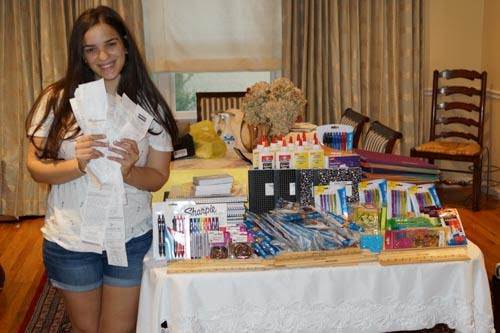 The term influencer has become a buzzy term. Kids long to be one, parents roll their eyes at the concept, and even children’s book publishers are scrambling to find a place for the new category of celebrity.
The term influencer has become a buzzy term. Kids long to be one, parents roll their eyes at the concept, and even children’s book publishers are scrambling to find a place for the new category of celebrity.
Even Saturday Night Live parodied the concept just last weekend, showing the actress Lori Laughlin in prison as she explained to her fellow inmates her crime: bribing USC into accepting her daughter without merit. “She’s an influencer on Instagram,” the mom explained.
At this point, we’re all too familiar with the pitfalls of social media: at its most innocent, distraction. At its worst, manipulation and hate. But at its best, social media can be a positive force for social change. And in business, it can be the difference between flat sales and fabulous sales.
Ben Francis was just 16 when he began building websites. But when he became a gym rat at 18, he saw a market need for better workout clothes. Two years later, he started sewing and screen printing his own. To market them, he took to social media. The savvy teen shipped product samples to influential fitness personalities on YouTube.
Did it work? Let’s just say Ben currently oversees 190 employees.
Here’s the interesting thing: for corporate brands and legacy entrepreneurs, the social space can be a confusing one. “Grown ups,” no matter how successful they’ve been in business, are largely catching up to teens in understanding the intricacies of social media. As a Biz Kid, you’re better positioned than anyone else to make influence marketing work for you. That’s an advantage you should take advantage of. Who do you know? What do they need? How can you solve it? The answers may just make you a profit.





























